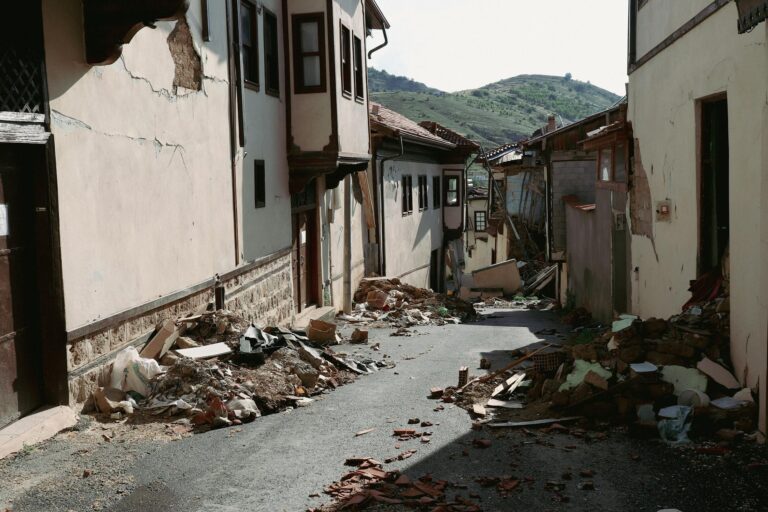
[adsense_top]
Flash Flood Warning: A Lethal Threat to Communities
Heavy Rains Bring Flash Flood Warning
A flash flood warning has been issued for several areas in the region, as heavy rains continue to batter the region. The warning, issued by local authorities, advises residents to take immediate action to protect themselves and their properties from the potential dangers of flash flooding.
What is a Flash Flood?
A flash flood is a rapid and sudden rise in water level, often caused by heavy rainfall, thunderstorms, or dam failures. It can occur with little or no warning, making it a deadly and destructive force. Flash floods can happen anywhere, but they are more common in areas with steep terrain, poor drainage, and heavy rainfall.
The Dangers of Flash Flooding
Flash flooding can cause catastrophic damage to homes, businesses, and infrastructure. The fast-moving water can sweep away cars, buildings, and even people, leaving a trail of destruction in its wake. The risk of injury or death is high, as the water can be deep and fast-moving, making it difficult to escape.
How to Prepare for a Flash Flood
Residents in the affected areas are advised to take immediate action to prepare for the flash flood warning. Here are some steps to take:
* **Stay Informed**: Monitor local news and weather reports for updates on the flash flood warning.
* **Evacuate**: If ordered to evacuate, do so immediately. Take your emergency kit, important documents, and valuables with you.
* **Move to Higher Ground**: If you are in a low-lying area, move to higher ground as quickly as possible.
* **Avoid Travel**: Avoid traveling unless absolutely necessary. If you must travel, take an alternate route and avoid low-lying areas.
* **Stay Away from Water**: Avoid walking or driving through floodwaters. They can be contaminated with sewage, chemicals, and other hazards.
What to Do During a Flash Flood
If you are caught in a flash flood, here are some steps to take:
* **Stay Calm**: Panicking can lead to poor decision-making. Stay calm and think clearly.
* **Seek Higher Ground**: Move to higher ground as quickly as possible.
* **Avoid Low-Lying Areas**: Avoid areas that are prone to flooding, such as riverbanks, valleys, and low-lying areas.
* **Stay Away from Water**: Avoid walking or driving through floodwaters. They can be contaminated with sewage, chemicals, and other hazards.
After the Flood
After the floodwaters have receded, it’s essential to take steps to ensure your safety and the safety of your property. Here are some steps to take:
* **Wait for the All-Clear**: Wait for local authorities to give the all-clear before returning to your home or business.
* **Be Cautious**: Be cautious when returning to your property, as there may be hidden hazards, such as fallen power lines, sharp debris, and contaminated water.
* **Document Damage**: Document any damage to your property, including photos and videos. This will help with insurance claims and other purposes.
Conclusion
A flash flood warning is a serious and potentially deadly threat to communities. By understanding what a flash flood is, the dangers it poses, and how to prepare for and respond to it, residents can take steps to protect themselves and their properties. Remember, a flash flood warning is not a drill – it’s a real and immediate threat that requires immediate action.
[adsense_bottom]







